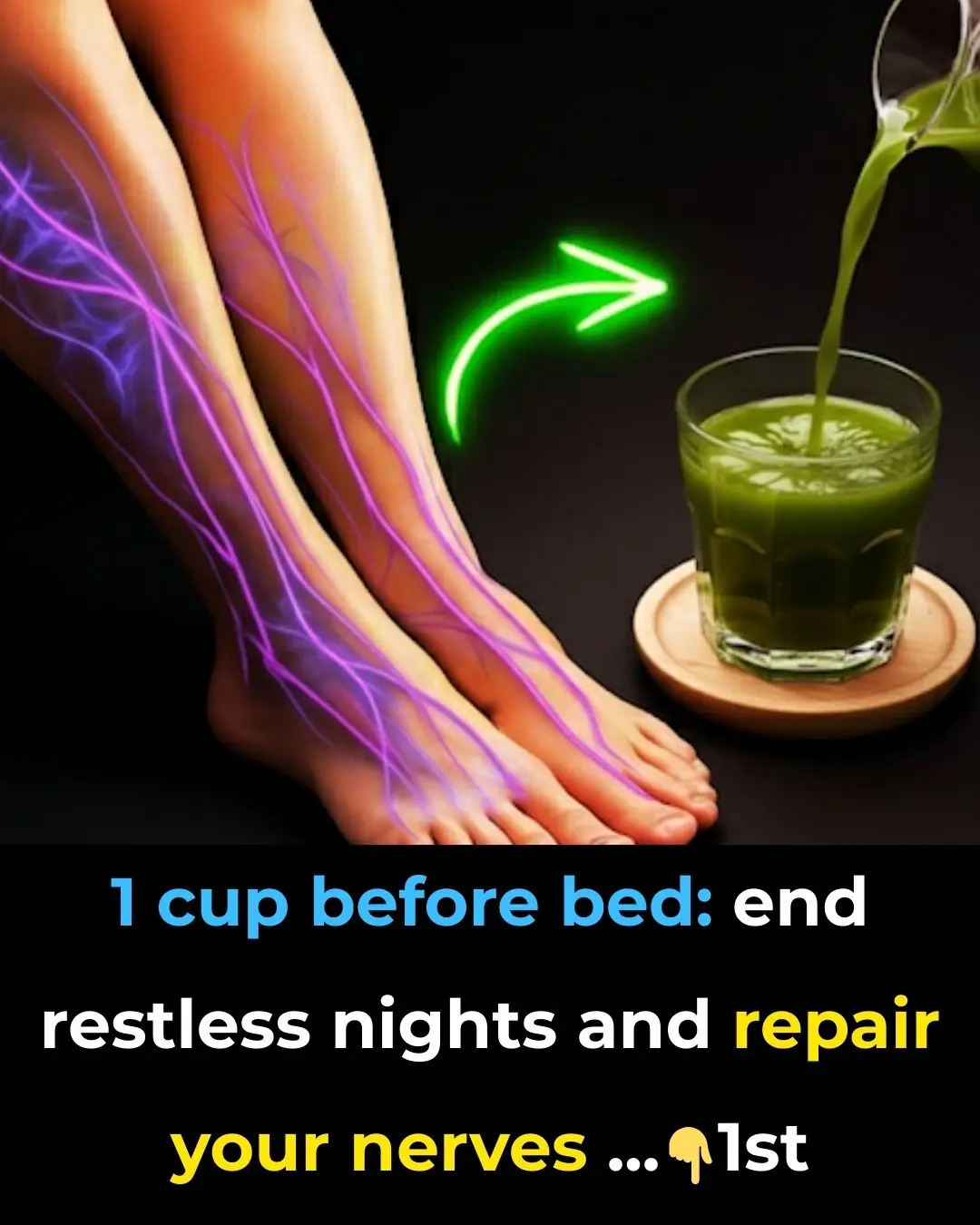
New B::l:ood Pressure Guidelines: 4 Things I Like and 2 Concerns
The American Heart Association (AHA) and American College of Cardiology (ACC), together with numerous other professional societies, have issued new guidance on hypertension, updating the widely referenced 2017 recommendations. The full document spans 105 pages and provides a thorough review of evidence and best practices.
Below are a few selected highlights — both positive takeaways and ongoing concerns.
Things I Like
1. Accurate Measurement of Blood Pressure
The authors devote significant attention to the importance of accurate blood pressure (BP) measurement. They include a clear illustration of a patient properly positioned — sitting upright, feet flat on the floor, with the arm supported at heart level on a table. Alongside the picture is an eight-point checklist that outlines the essential steps of correct BP measurement.
This emphasis is long overdue. Despite decades of research confirming that inaccurate readings lead to under- or over-treatment, proper technique remains shockingly rare in everyday practice. In my 30 years of clinical experience, I don’t think I have ever witnessed BP being measured precisely according to recommended standards — not once. Somehow, the culture of medicine has evolved in a way that accepts shortcuts and inaccuracies as normal.
We have implemented time-outs before surgery, sepsis bundles, and numerous other quality measures, but when it comes to something as fundamental as a vital sign, mediocrity has been codified as standard. It is remarkable that such a simple intervention could meaningfully improve quality of care almost overnight. For this reason, I applaud the authors for spotlighting proper technique and reinforcing that accurate BP measurement is not optional — it is central to good hypertension management.
2. Home-Based BP Monitoring
Another strong point of the updated guidance is its recognition of the value of out-of-office BP monitoring. Home measurements are often more reliable than in-office readings, given the prevalence of “white coat hypertension” and the inconsistent practices seen in clinics. Encouraging patients to check their BP at home, with validated devices and proper technique, empowers them to be active participants in their care while giving clinicians more accurate data on which to base treatment decisions.
The new document underscores that home monitoring can help with early diagnosis, monitoring treatment effectiveness, and engaging patients in long-term lifestyle changes. When combined with proper education on device use and recording methods, this approach can significantly improve outcomes and reduce unnecessary medication adjustments.
News in the same category


5 foods that heal your body and STARVE cancer—eat these now!

Preventing Stroke At Any Age: 3 “Don’ts” After Meals—And 4 “Don’ts” Before Bed
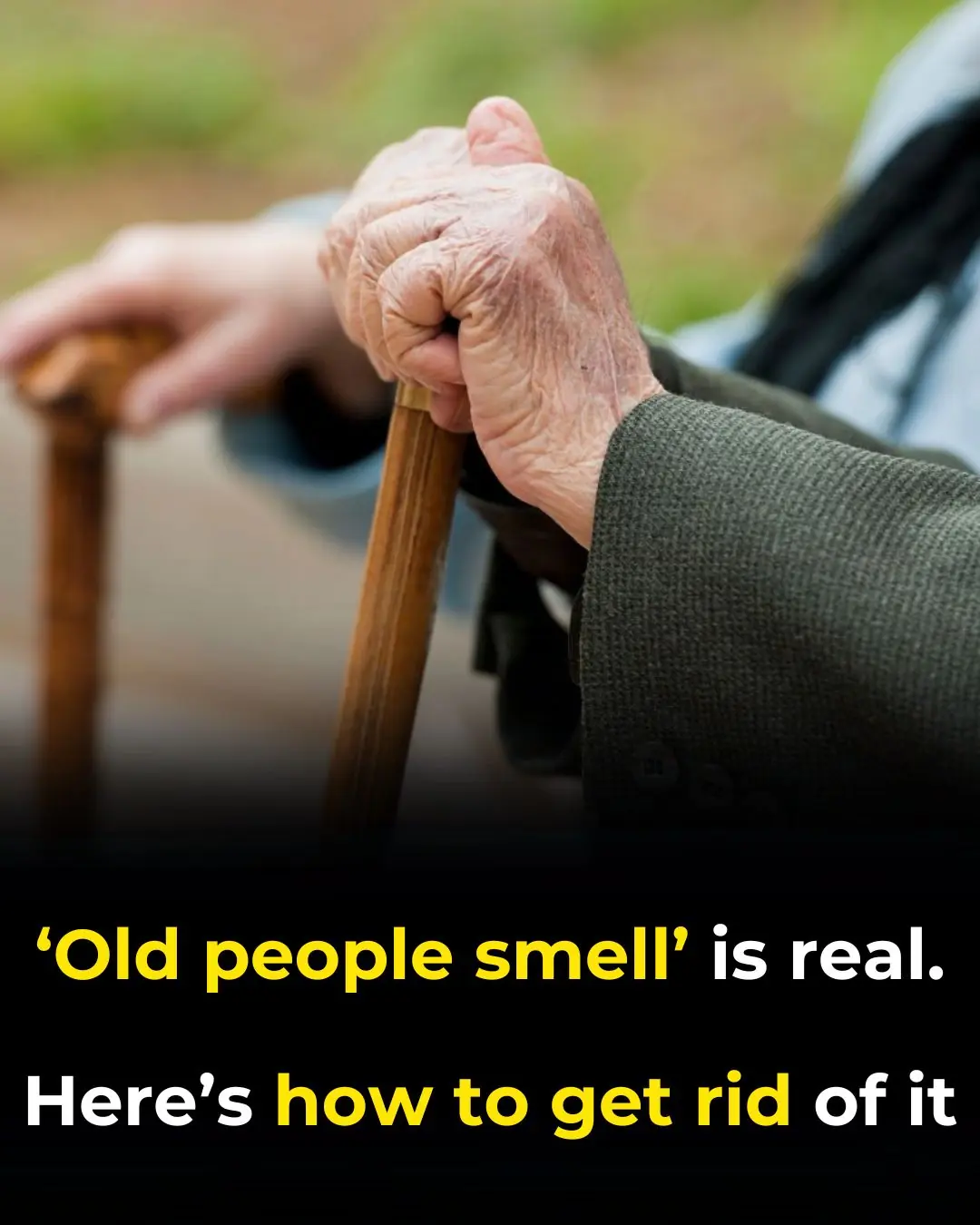
The Truth About “Old Person Smell”: What Causes It And How To Get Rid Of It

12 surprising foods that help dissolve blood clots naturally
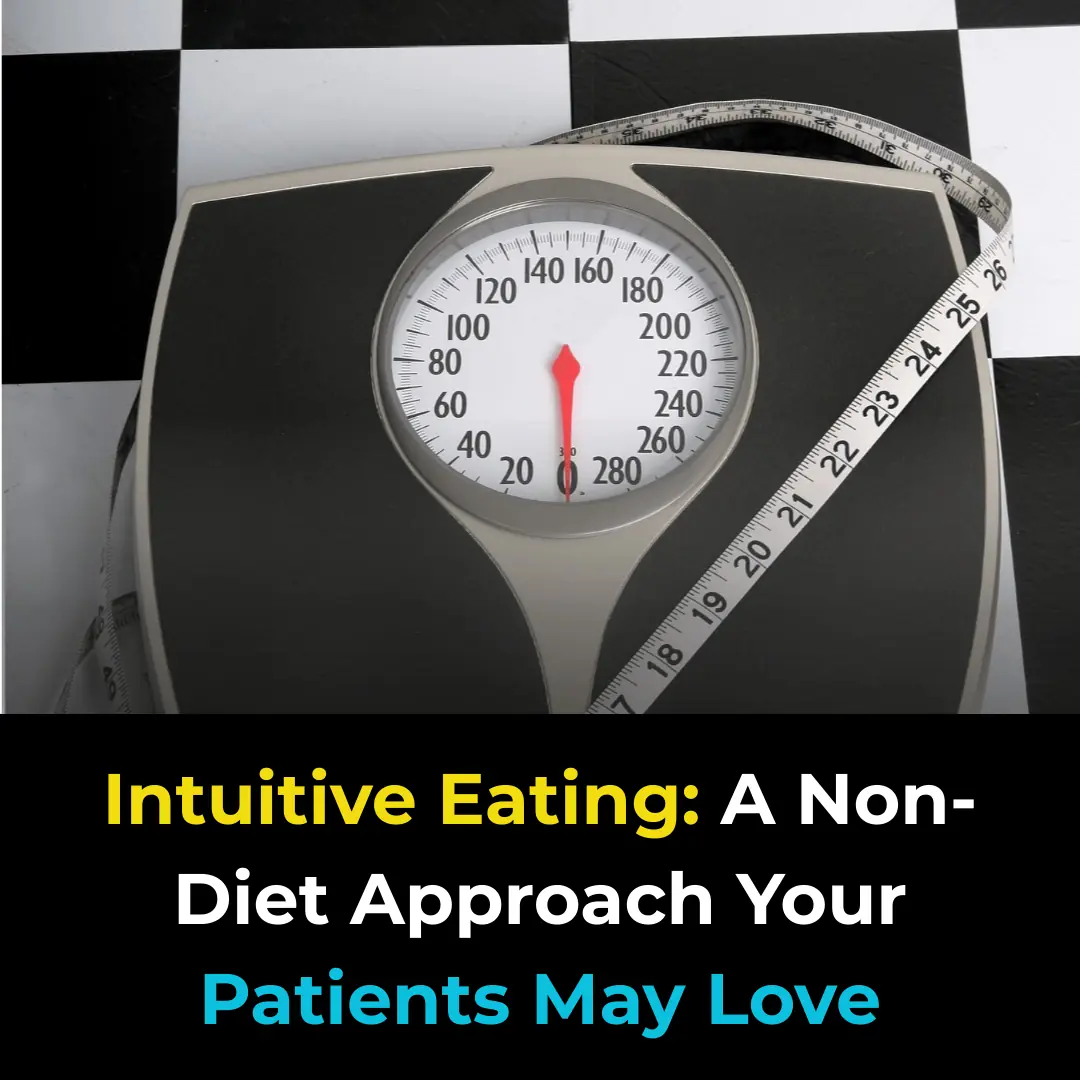
Intuitive Eating: A Non-Diet Approach Your Patients May Love
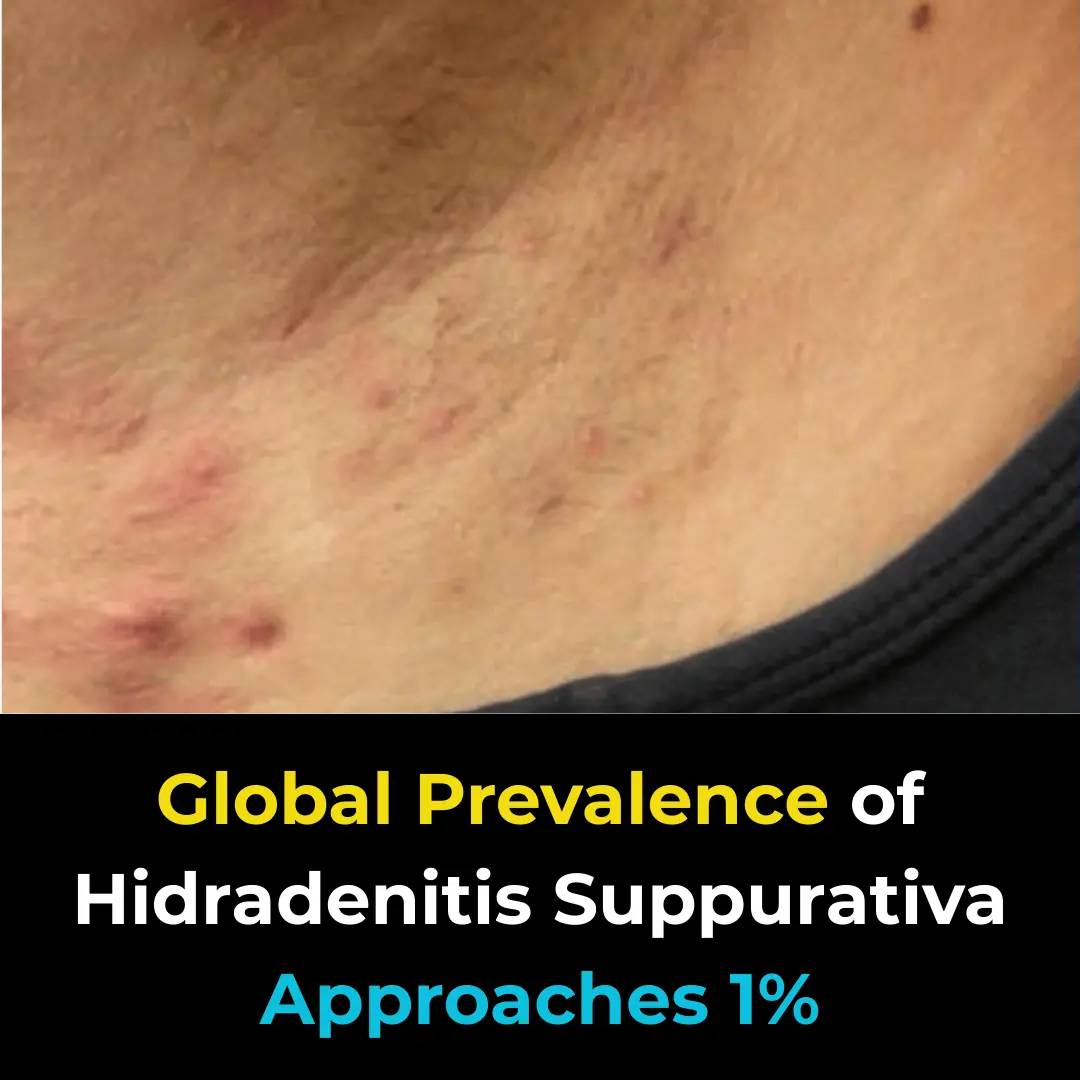
Global Prevalence of Hidradenitis Suppurativa Approaches 1%

Who Should Avoid Eating Chicken Feet?
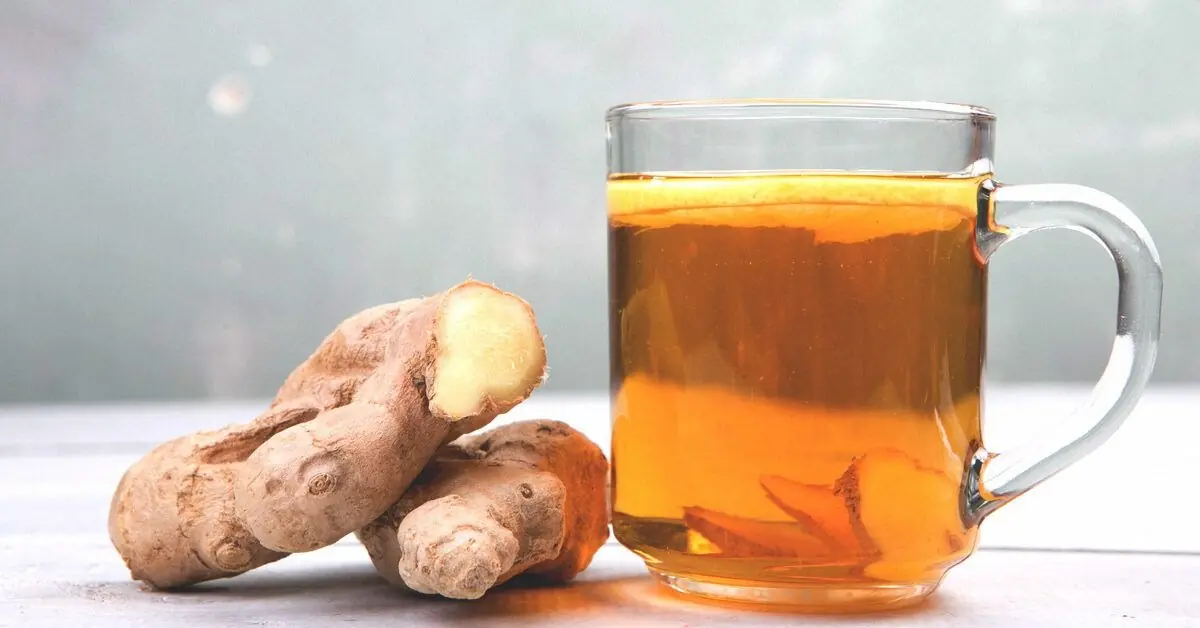
Here’s How To Get Rid of Sinus Infections Naturally, No Antibiotics Required!
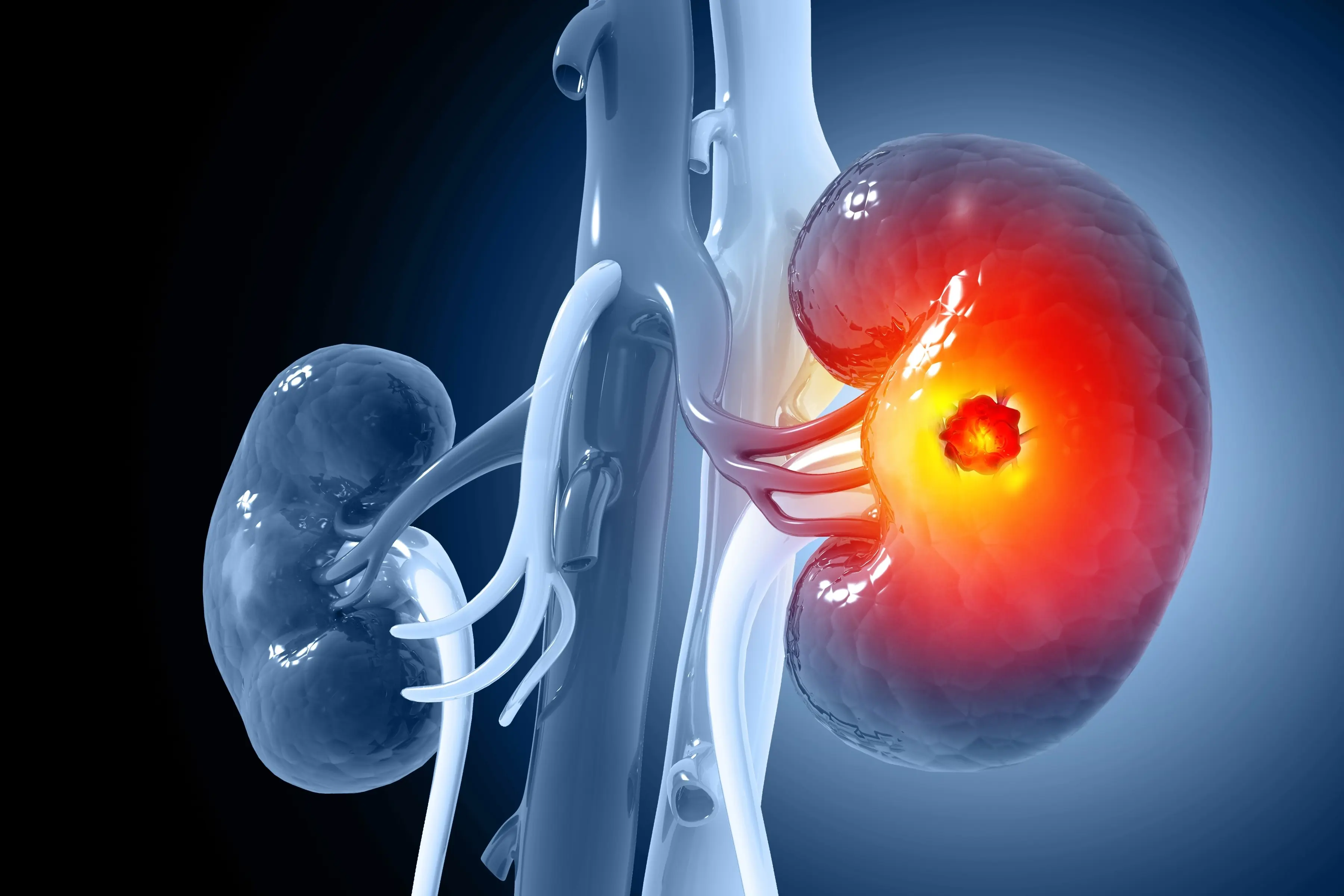
If You’re Experiencing THESE Symptoms, Your Kidneys May Be at Risk
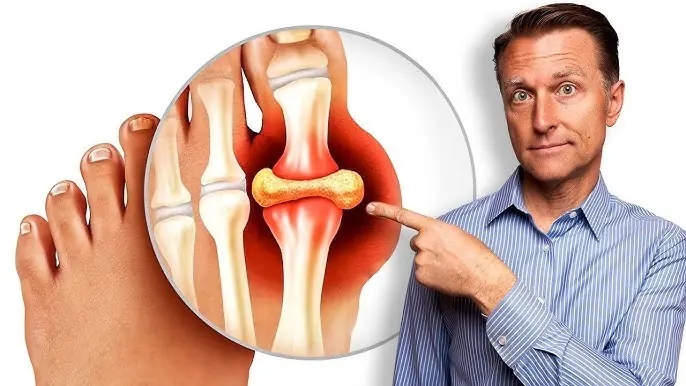
Best Natural Gout Treatments to Remove Uric Acid Crystallization and Prevent Gout And Joint Pain

Commonly Overlooked Signs Your Body Is Starving for Iron
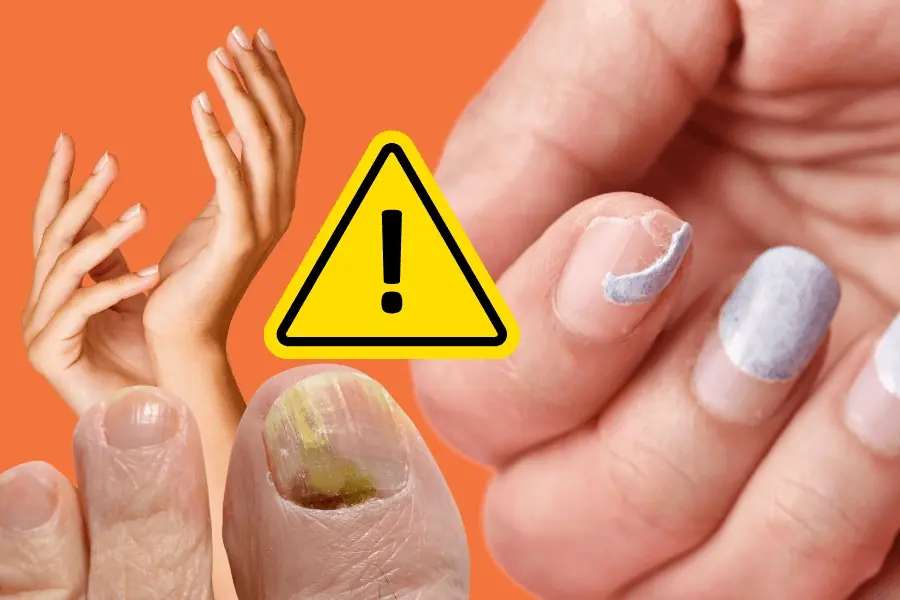
If Your Nails Show These 10 Signs, See a Doctor Immediately
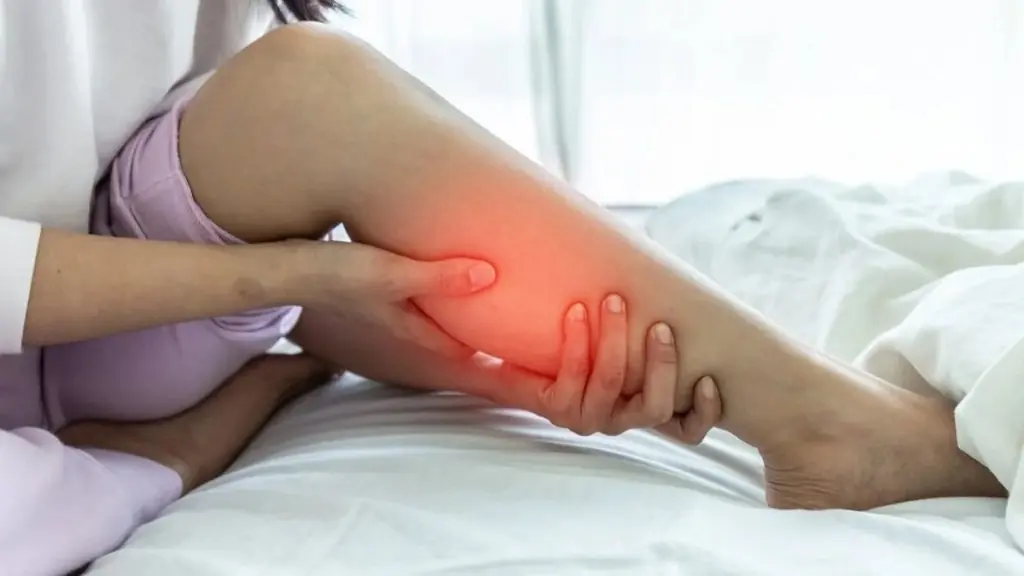
What’s Really Causing Your Leg Cramps at Night and How to Finally Stop Them

Amazing vitamin can help stop cancer growth and this is how much you need
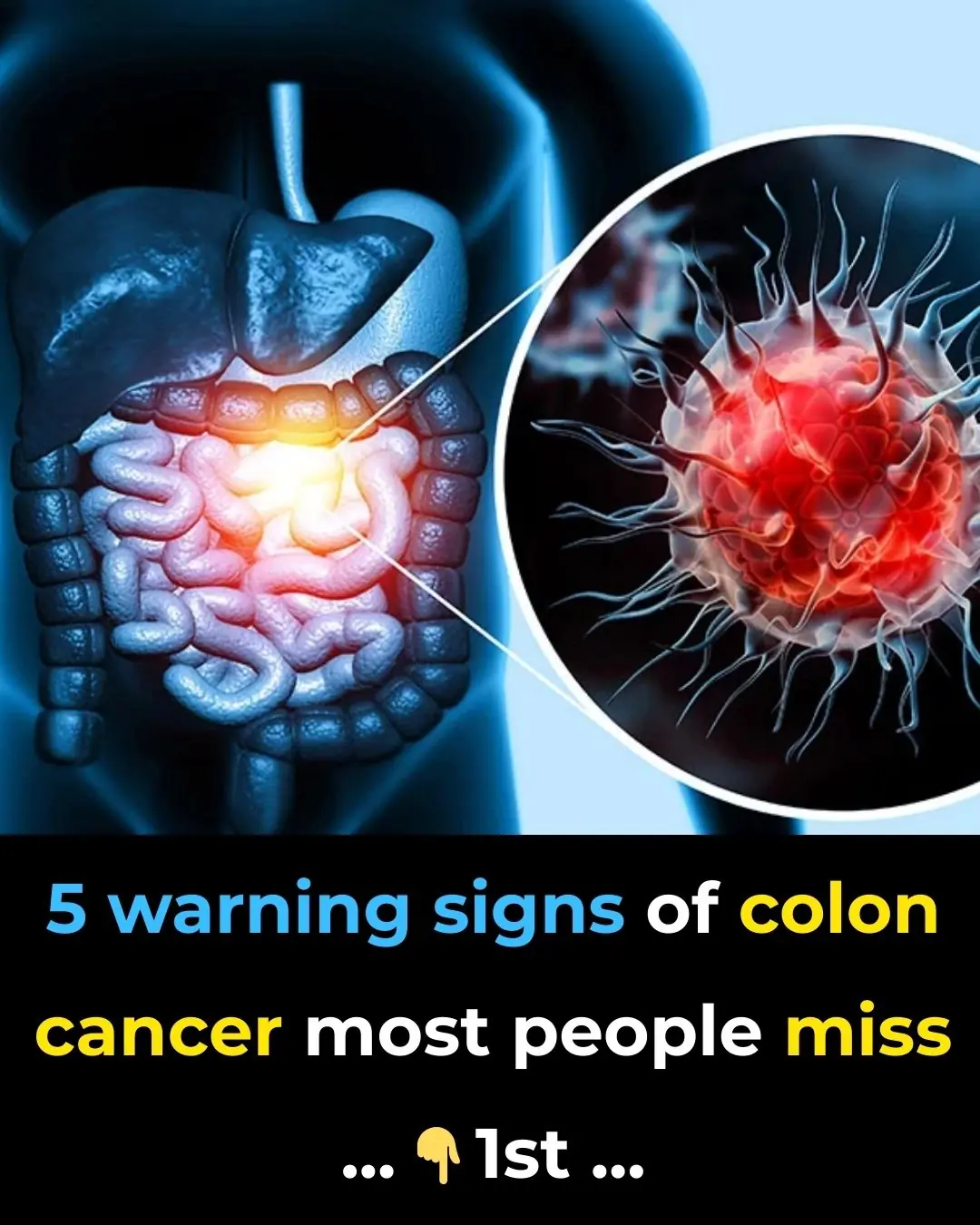
5 Unusual Signs Of Colon Cancer Folks Accidentally Ignore For Years
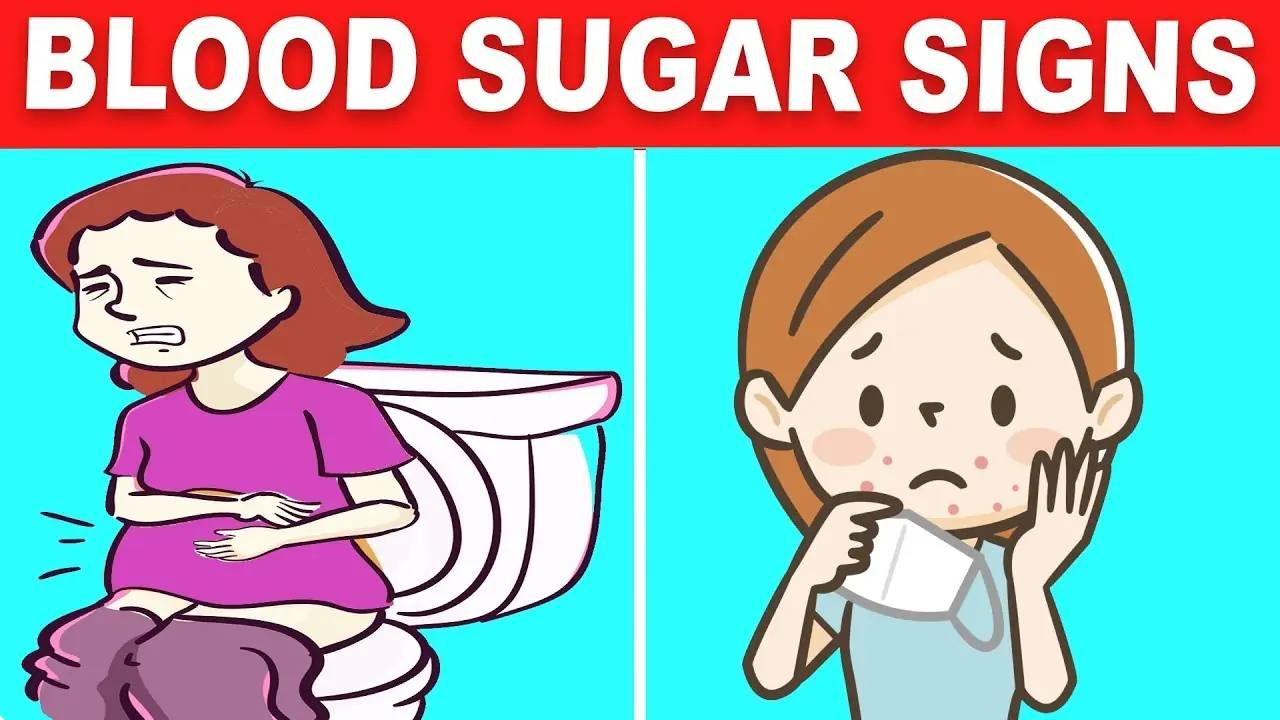
13 Early Warning Signs Your Blood Sugar is SUPER High

This Hidden Candida Symptom Starts in Your Mouth and Almost Everyone Misses It
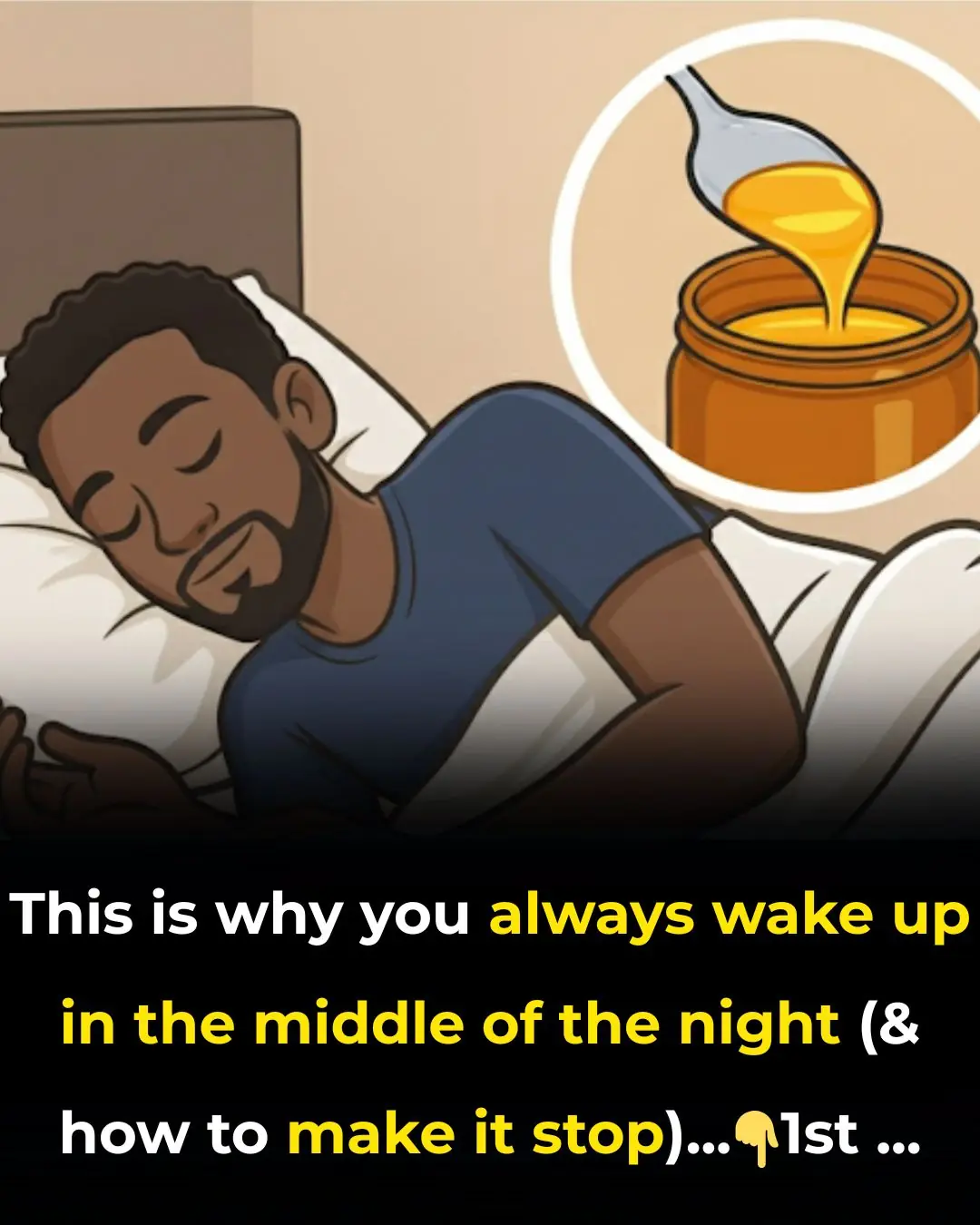
This is Why You Always Wake Up in the MIDDLE of the Night (and how to make it STOP)
News Post

Delta Pilot Spends Year’s Salary to Fly 112 Friends to Hawaii for Epic Retirement Sendoff

1 cup before bed: end restless nights and repair your nerves

5 foods that heal your body and STARVE cancer—eat these now!
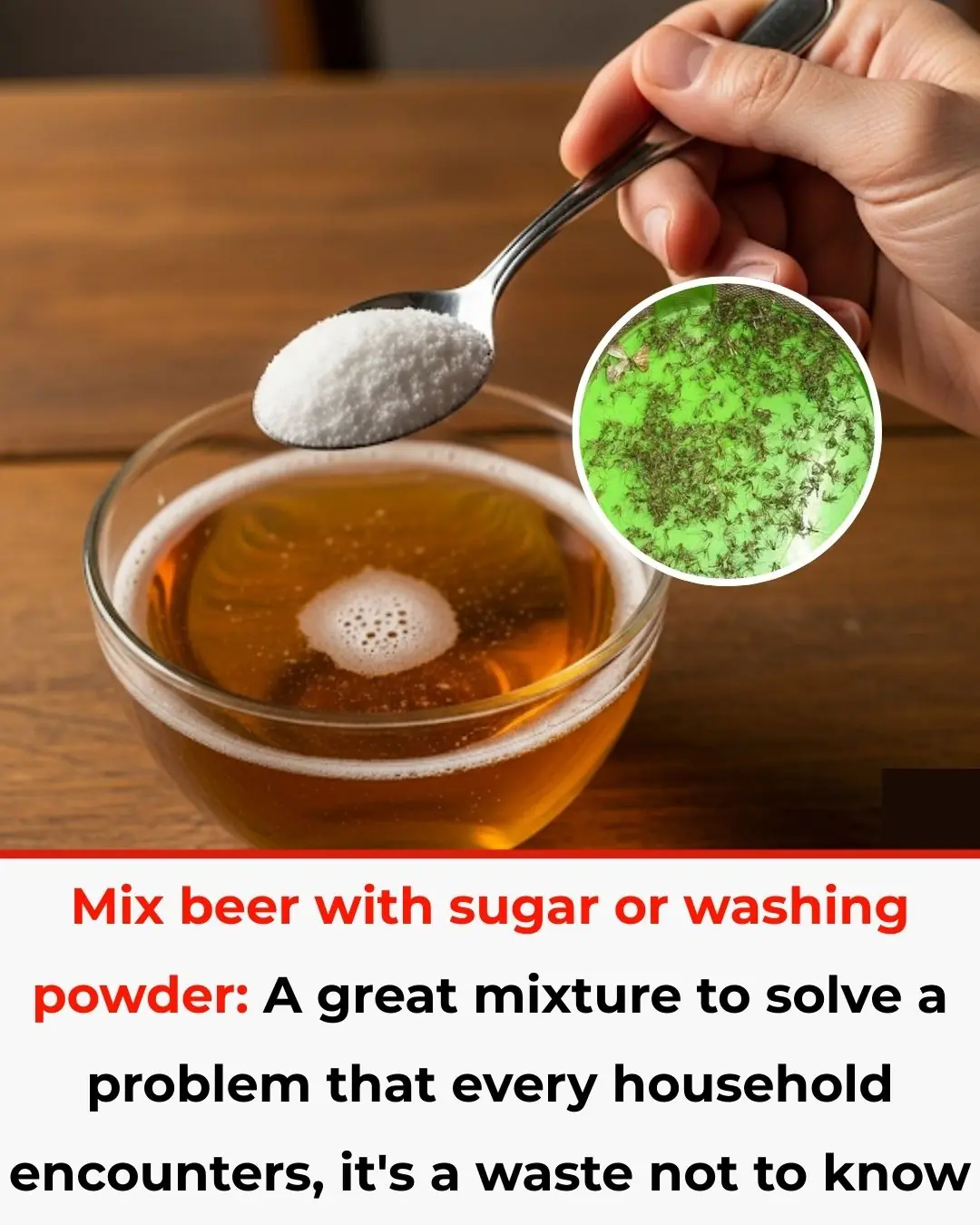
Mixing Beer with Sugar or Detergent: A Brilliant Solution to a Common Household Problem You Shouldn’t Miss
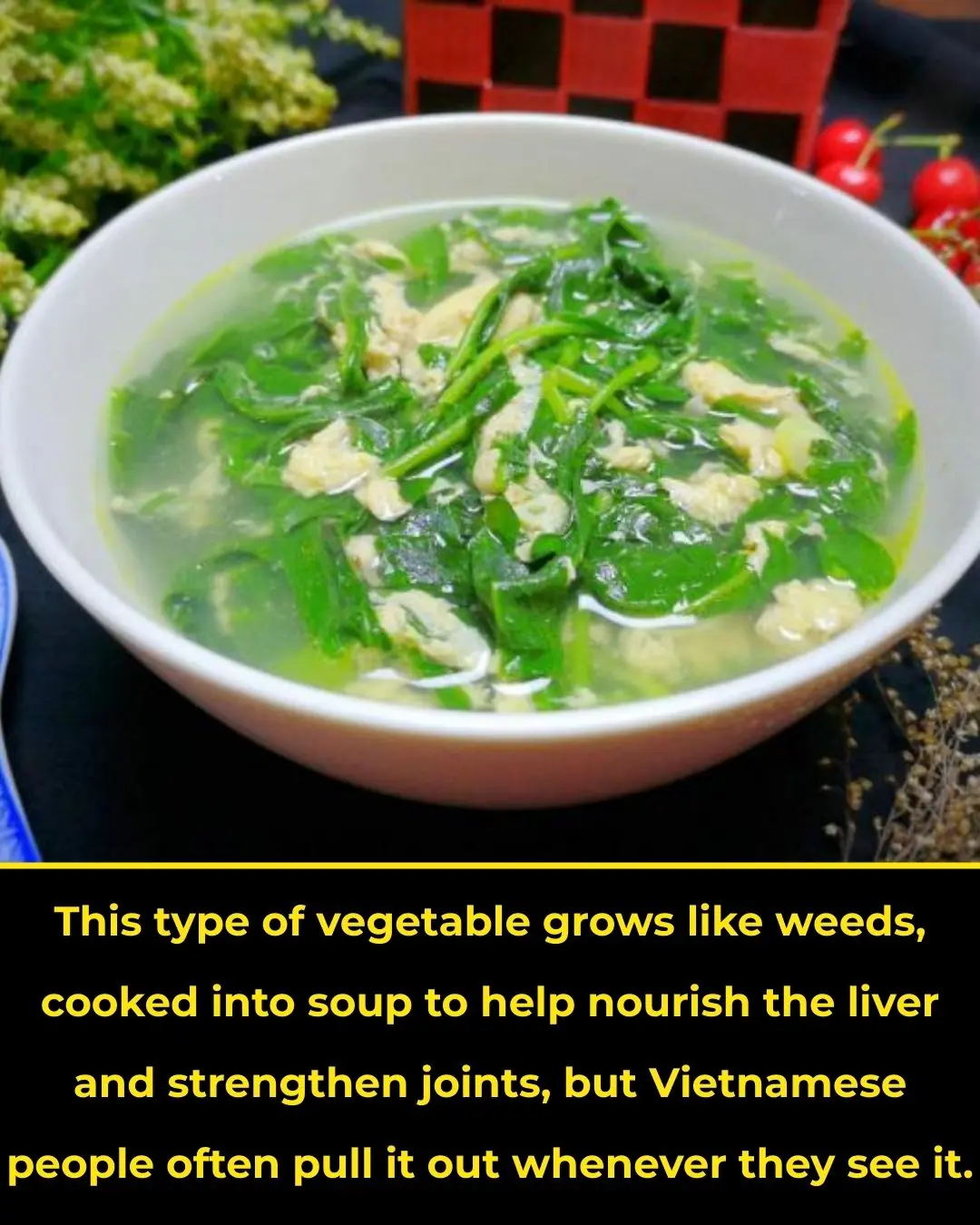
A Wild Herb That Grows Like Weeds, Used in Soups to Nourish the Liver and Strengthen Joints, Yet Most Vietnamese People Always Pull It Out When They See It
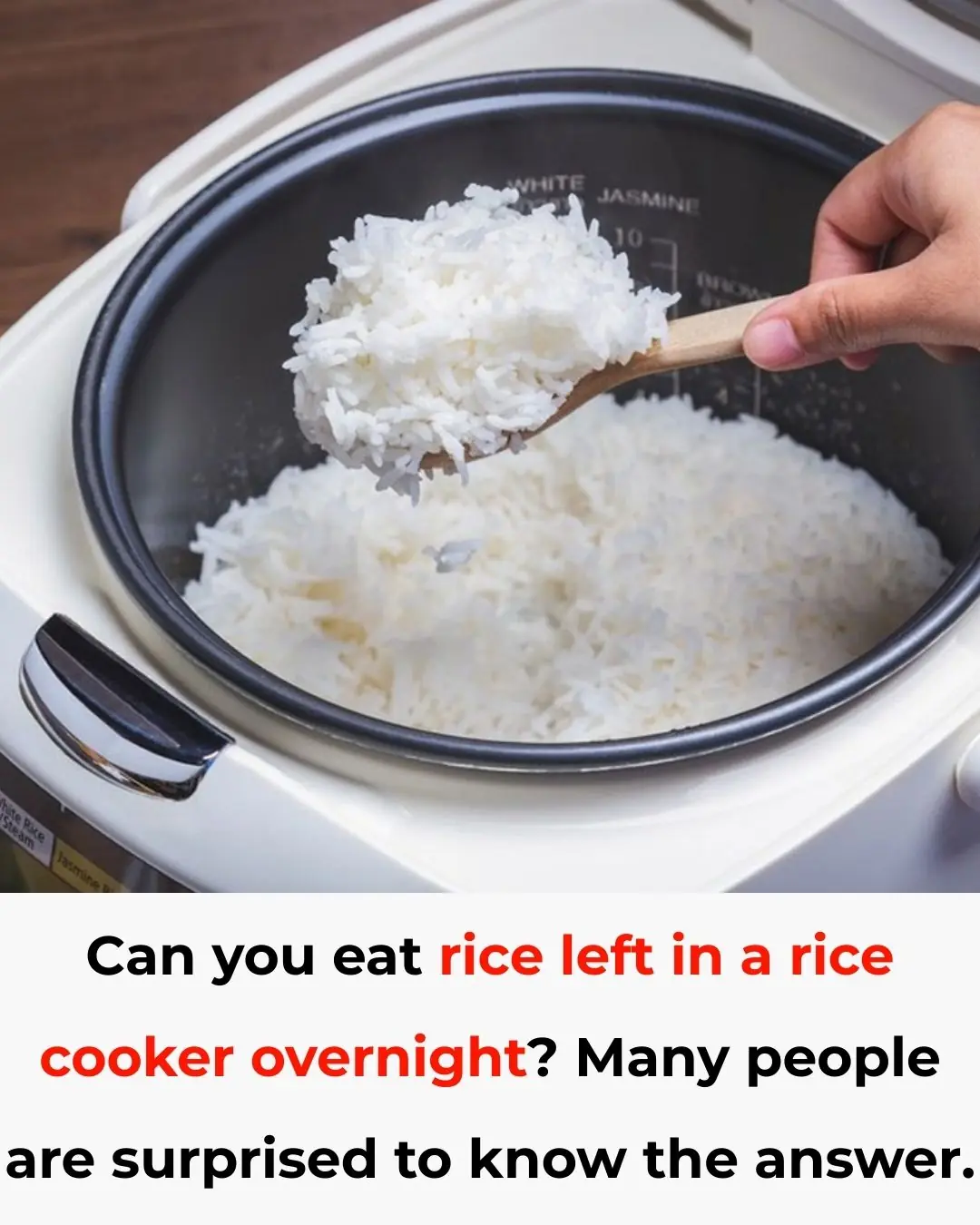
Is It Safe to Eat Rice Left Overnight in a Rice Cooker? A Personal Story and Expert Advice

Unbelievable footage shows moment Ukraine blows up two key Russian bridges using their own mines amid WW3 fears

Preventing Stroke At Any Age: 3 “Don’ts” After Meals—And 4 “Don’ts” Before Bed

Apple’s iPhone Users Are Justifiably Concerned By The New Meaning Of The Orange Dot On Their Screens

The Truth About “Old Person Smell”: What Causes It And How To Get Rid Of It

12 surprising foods that help dissolve blood clots naturally
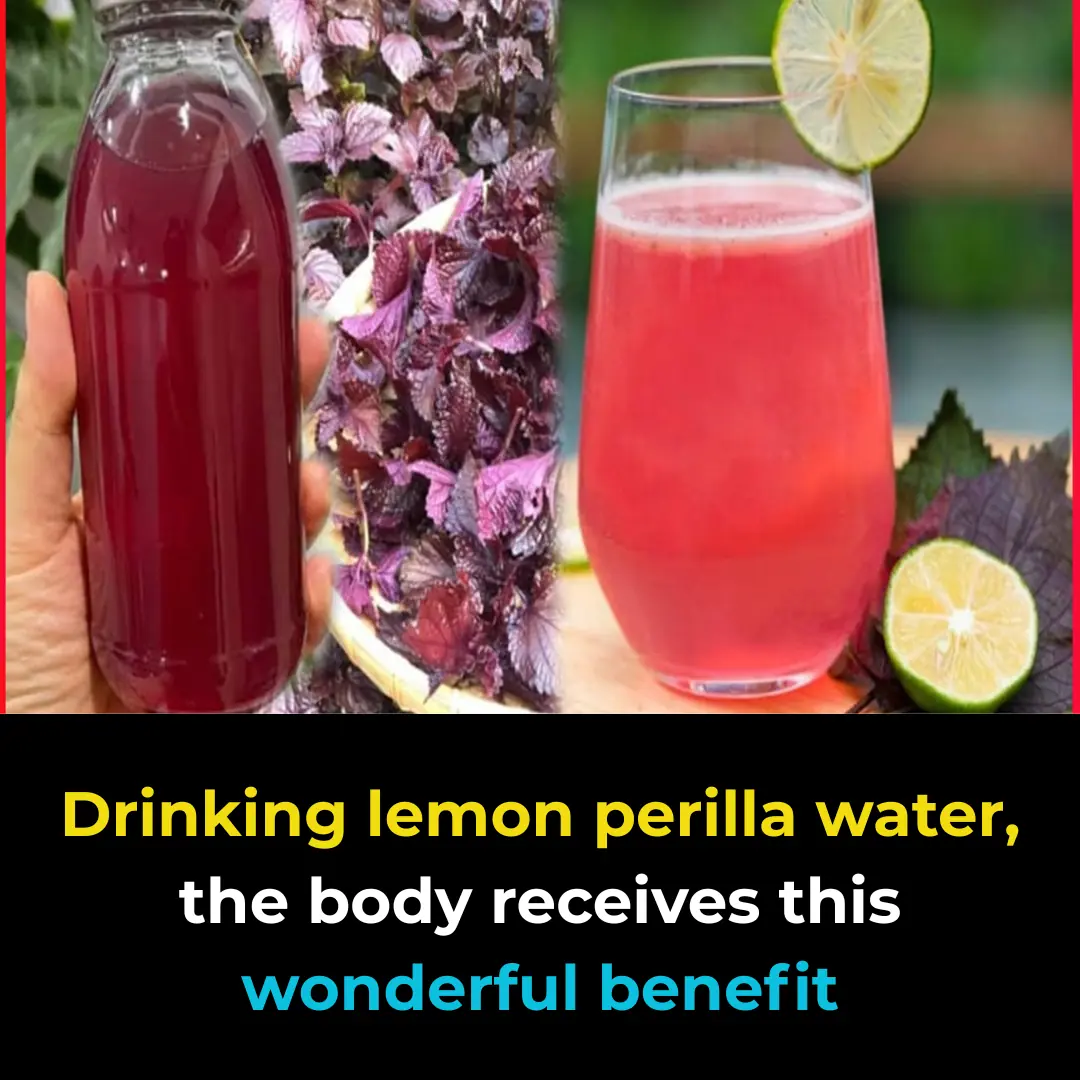
Drinking perilla and lemon leaf tea brings these amazing health benefits to your body
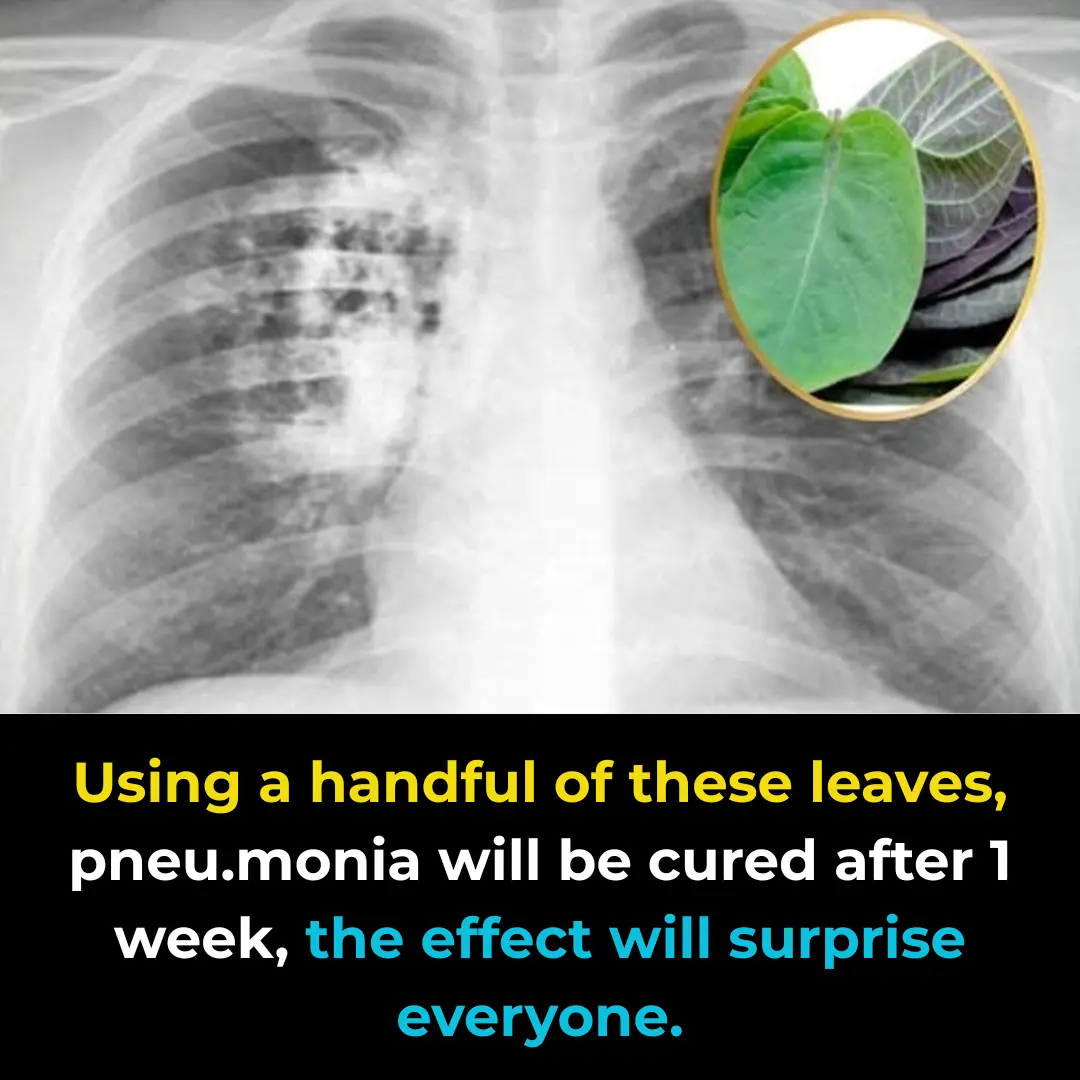
Using just a handful of Paederia foetida leaves, even severe lung inflammation can clear within a week — with results that surprise everyone.

5 Essential Life Skills Children Should Learn Early to Protect Themselves and Help Others

Intuitive Eating: A Non-Diet Approach Your Patients May Love
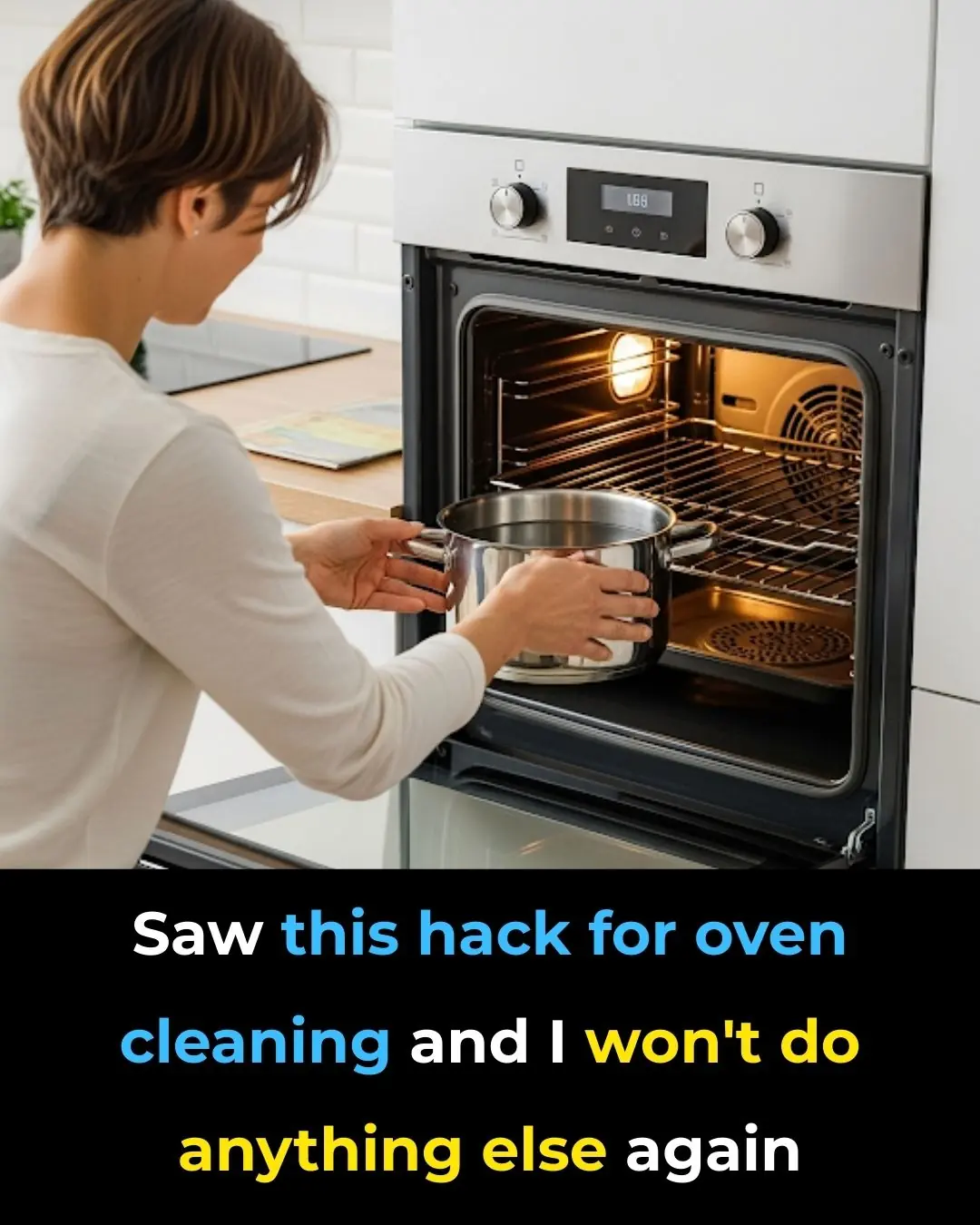
Saw This Trick For Oven Cleaning

Global Prevalence of Hidradenitis Suppurativa Approaches 1%

Who Should Avoid Eating Chicken Feet?
